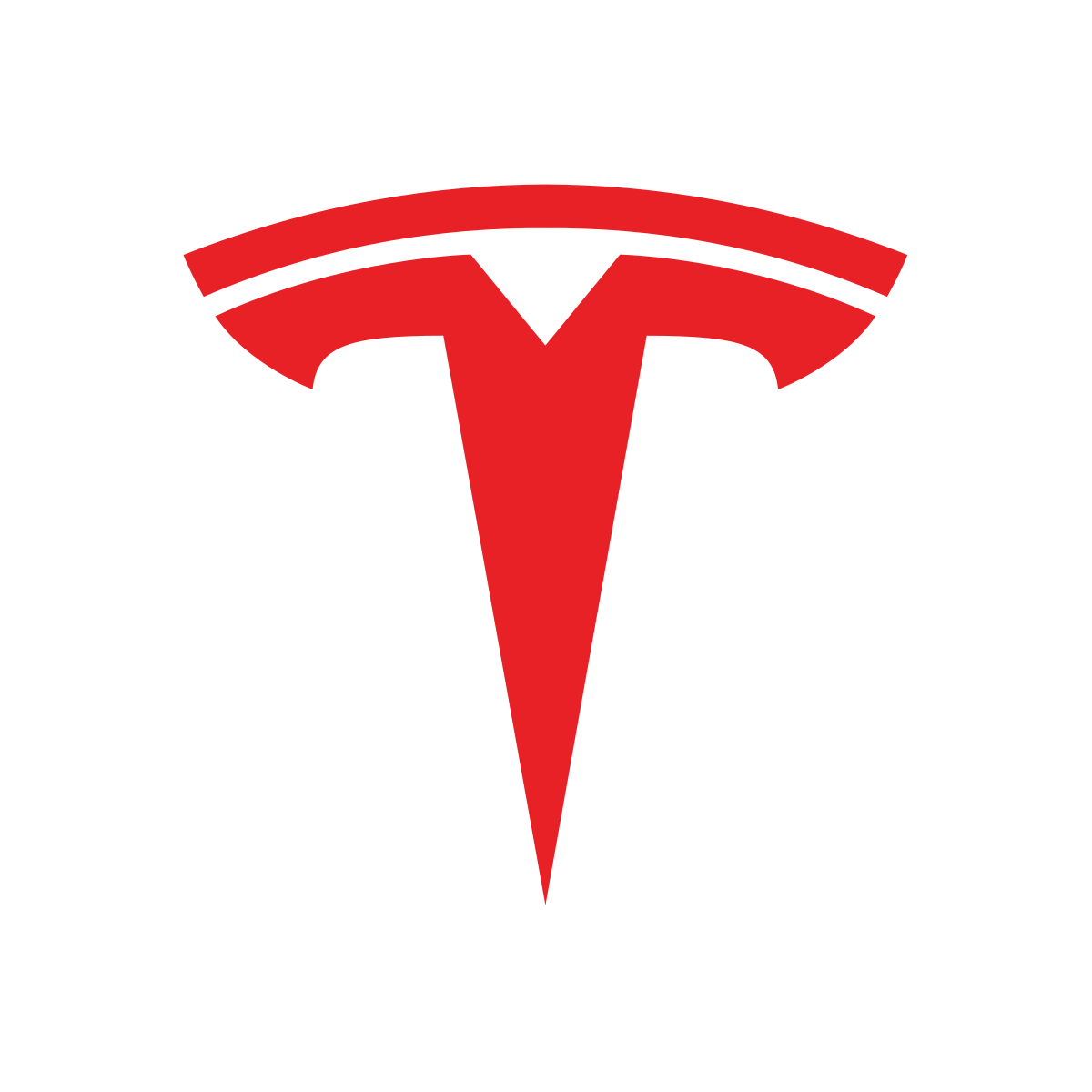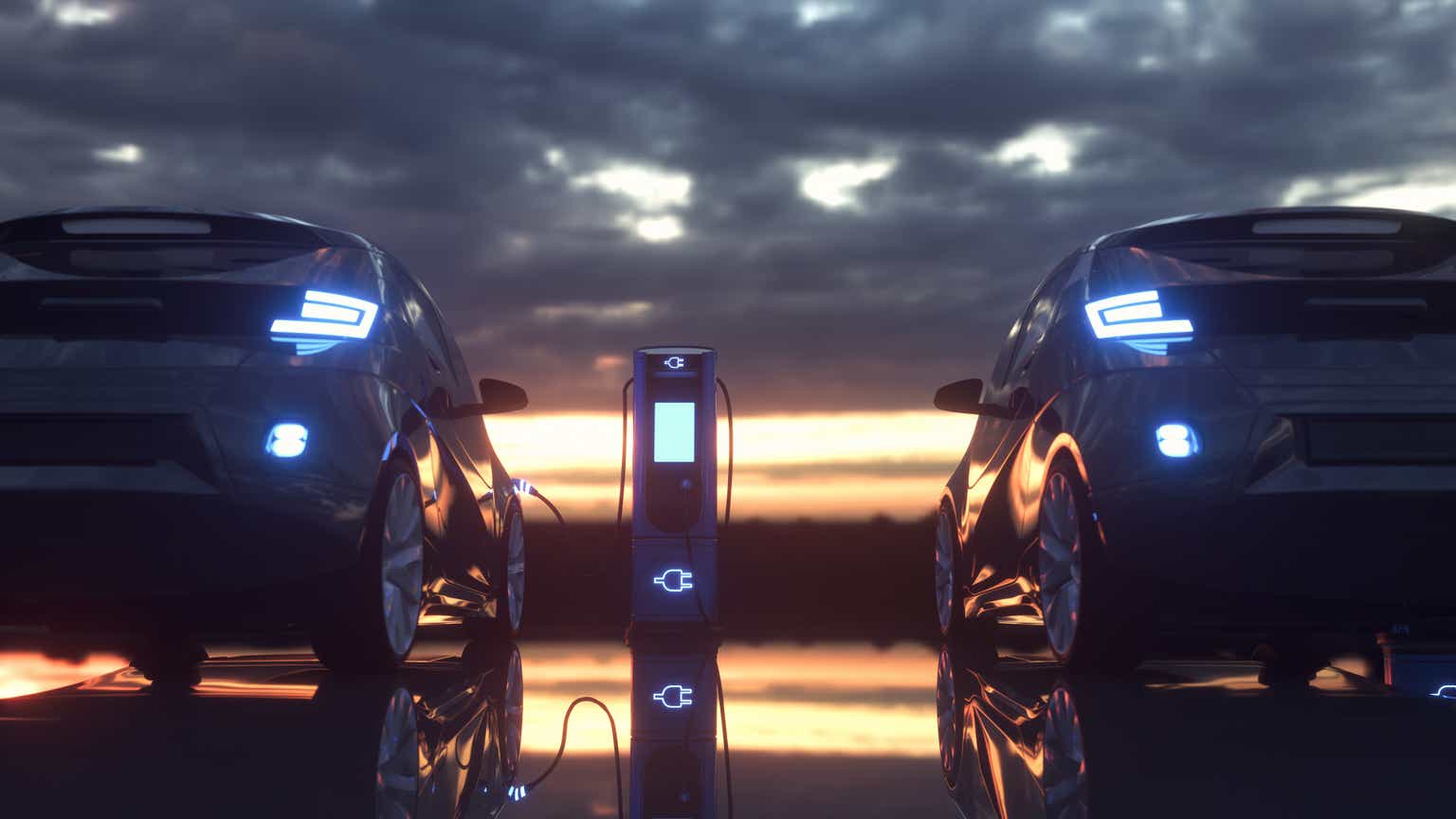The article discusses Tesla’s current financial situation and its impacts on the company’s future. Despite experiencing an increase in both production and sales volume, the gains were achieved through substantial price cuts, which are impacting the company’s profitability.
The growth in production is noteworthy, and Tesla has succeeded in reducing inventory, an encouraging achievement from a manufacturing standpoint. However, the decline in Model S/X sales (the company’s highest-margin vehicles) poses a concern.
Furthermore, these price cuts seem to be necessary for Tesla to maintain sales volume. Interestingly, these price cuts are also reflected in the used vehicle market, which has seen a decrease in Tesla used vehicle prices.
The competition is heating up in the EV market as companies like Rivian are increasing their production capabilities. Traditional car manufacturers like Ford, BMW, Honda, Hyundai, Toyota, and Stellantis are rapidly advancing their EV productions, which will put additional pressure on Tesla’s margins and potentially its market share.
Despite its sales growth, Tesla’s revenue and profits are expected to struggle. The company’s Q1 revenue dropped by more than 5% quarter over quarter, while gross profit dropped by 17% year over year. The net income also decreased by 24% YoY, which indicates a potential decline in Tesla’s profitability.
While this article paints a challenging picture for Tesla’s future, it is essential to consider a few points in a pro-Tesla context:
Tesla’s production and delivery growth demonstrates its efficient manufacturing and supply chain capabilities. Despite the challenges posed by price cuts, it can still increase production volume and reduce idle inventory.
Price cuts may not be solely a reflection of weak demand but could be a strategic move to gain more market share by making EVs more accessible.
The rise of competition in the EV market is a clear sign of the industry’s overall growth, which Tesla pioneered. As the industry’s frontrunner, Tesla’s innovation, brand recognition, and extensive supercharger network set it apart.
The potential for self-driving technology is also a significant aspect of Tesla’s future value. If Tesla can solve autonomous driving before its competitors, this could provide a significant competitive edge and revenue stream.
Tesla’s investments in battery technology could lead to lower manufacturing costs over time and potentially reinstate some of the profitability lost due to price cuts.


